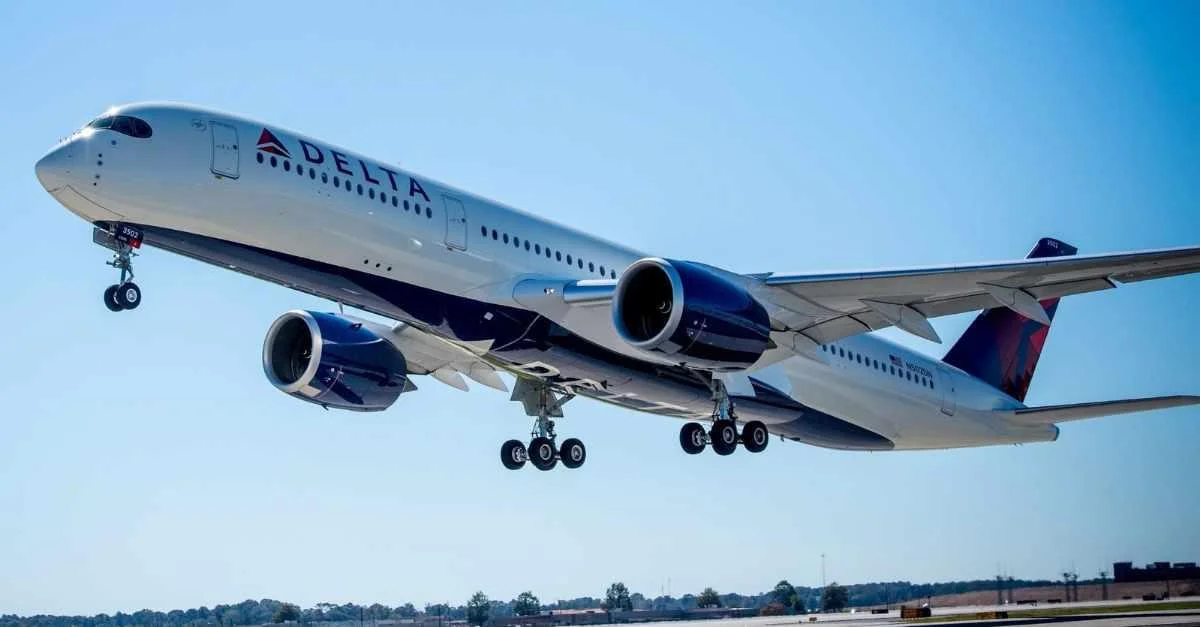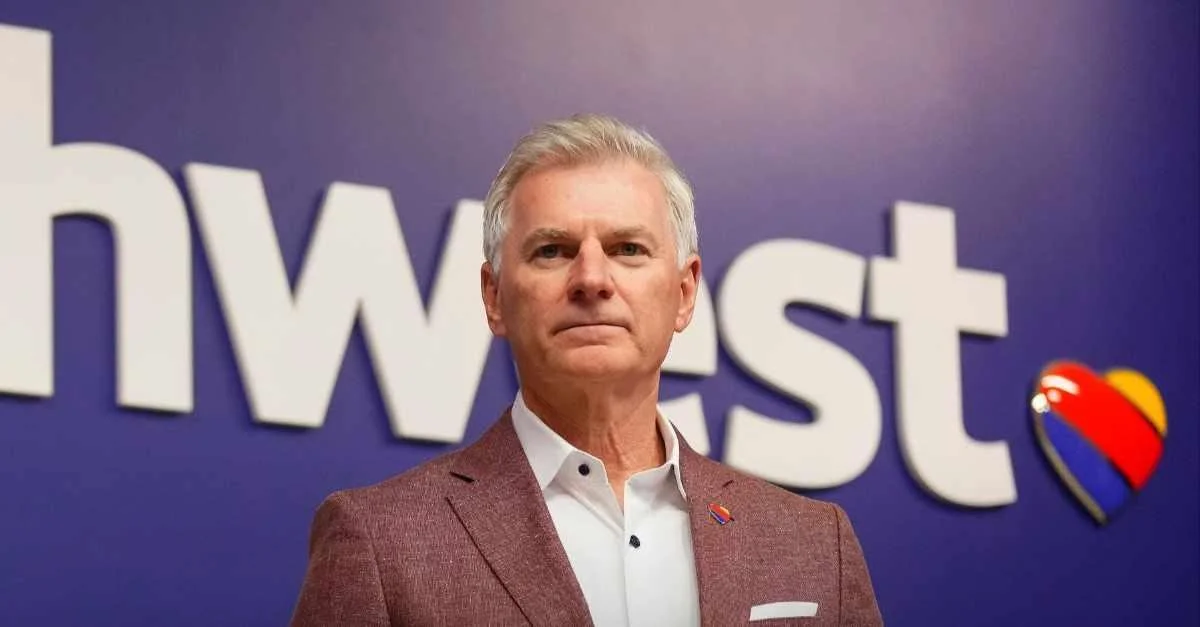The XB-1 has become notable for being independently developed by Boom without military or governmental involvement. It marks a historic achievement as it is now recognized as the first American-made civil jet to break the sound barrier.
Boom's founder and CEO, Blake Scholl, commented on this achievement: “XB-1’s supersonic flight demonstrates that the technology for passenger supersonic flight has arrived... Our ultimate goal is to bring the benefits of supersonic flight to everyone.”
Throughout its development, XB-1 underwent 11 human-piloted test flights to assess its systems under challenging conditions while prioritizing safety. The aircraft's series of tests proved four specific technologies intended for application in Boom's Overture airliner. These include an augmented reality vision system and computational fluid dynamics (CFD) used for simulations.
Brandenburg emphasized his team's efforts: “Our discipline and methodical approach to this flight test program created the safety culture that made a safe and successful first supersonic flight possible.”
Once operational, Overture is expected to travel at speeds up to Mach 1.7 with a capacity of 64-80 passengers across more than 600 global routes. To date, there are 130 orders from major airlines including American Airlines, United Airlines, and Japan Airlines.
Scholl expressed optimism about future developments: "Everybody wants supersonic flight... It's not easy, but it is possible."
Production of Overture will take place at Boom’s facility in Greensboro, North Carolina with plans for entry into service by 2029.
"XB-1 was proof that we can do it," stated Geppetto. "We've proven we can do it... Overture is going to make connections that wouldn't otherwise be possible..."
Boom aims to roll out Overture off production lines within three years with plans for deployment within four years.
 Alerts Sign-up
Alerts Sign-up




















